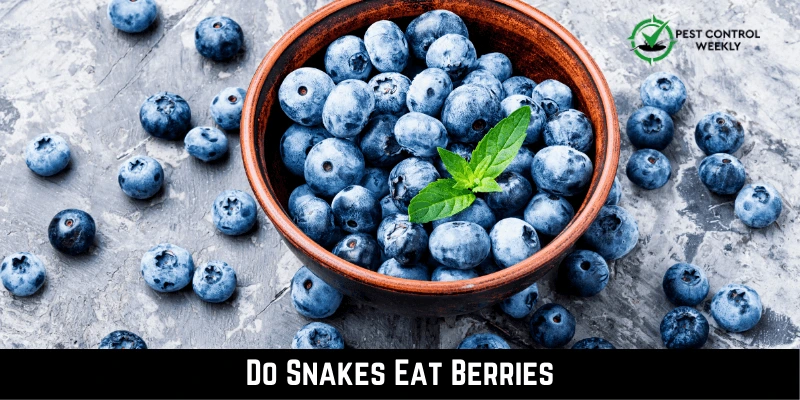Snakes, from Amazonian rainforest serpents to desert sidewinders, are among the most diverse animals. Herpetologists and nature lovers are fascinated by each snake species’ different survival strategies, nutrition, and behavior. But among the many questions about these animals, one stands out: Do snakes eat berries?
No, snakes don’t eat berries. In reality, snakes can’t survive without eating meat. This means they can’t eat plants or fruits. They can adapt to many habitats and prey types but can’t digest plants.
In this article, you’ll learn more about snakes and their interesting diets. The following information will help you know these amazing reptiles and answer your burning questions.
Snake’s Dietary Habits
Snakes are an interesting group of reptiles that don’t have legs. They are made up of many species that have adapted to different environments and needs. However, snakes’ diets are mainly carnivorous. They get the majority of their food from the flesh of other animals. Snakes are typical predators, feeding on a wide variety of small and medium-sized animals.
Prey sizes range from mice and rats to birds and eggs to other reptiles and even larger mammals. Snakes have become great hunters over time. They have jaws that can move in a lot of different ways and poison that can kill.
The Carnivorous Nature of Snakes
Snakes have a sneaky charm, and their lives revolve around eating other animals. Their carnivorous origin is seen in their physiology and survival strategies, which nature shaped to make them efficient hunters. They don’t eat berries and plants since their metabolism isn’t set up for plant-based food.
A snake’s jaws are so strong and elastic that it can swallow prey far larger than its head. Many snakes use their poison or constriction to make their prey helpless, allowing a quick and painless death. Larger snake species have been seen eating antelopes, crocodiles, and even smaller snakes in the forests and other places.
Is Berry Toxic For Snakes?
Yes, the berry is toxic for snakes. Due to snakes’ diets, berry poisoning is interesting but unproven. Snakes are not herbivores due to their physiology. They can only survive on a meat and other animal products diet since they are strict carnivores.
Even though there isn’t much proof that berries are naturally bad for snakes, they don’t have the right biological system for digestion. Feeding a snake fruit or any other food from plants might not poison it, but it could cause digestive problems and discomfort. So, even though berries seem harmless, they can’t be eaten by snakes. This shows how different our food habits are from these unique animals.
Do Snakes Eat Strawberries?
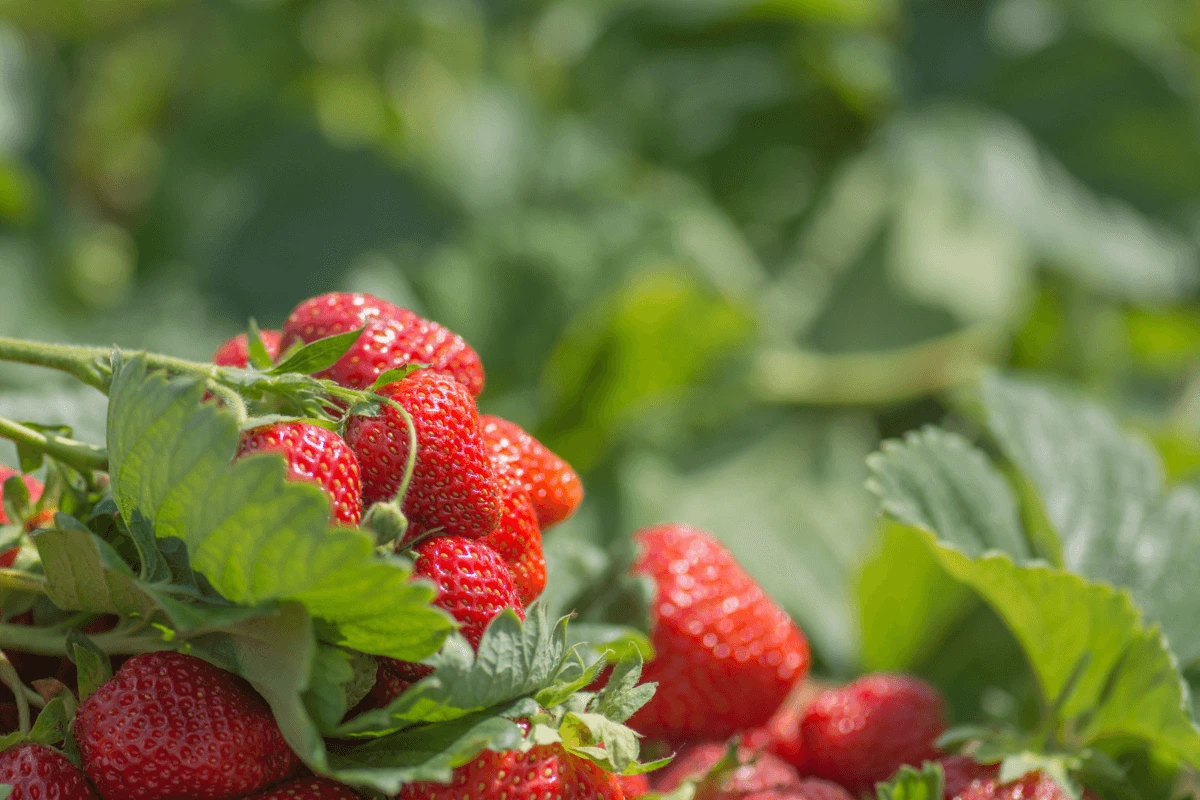
No, snakes don’t eat strawberries. A snake eating a strawberry is a cute mental image to entertain, but it’s quite unlikely to happen in the wild. Strawberries, along with any other fruit, are not on the list of foods that snakes enjoy. Their metabolic structure has been created for carnivory, and their predatory behaviors are programmed to seek and consume flesh-based food.
Even though the bright red color of a strawberry might look attractive to us, a snake would rather not eat one. A snake’s digestive system isn’t designed to metabolize strawberries, so eating them could cause discomfort and even starvation.
Do Snakes Eat Raspberries?
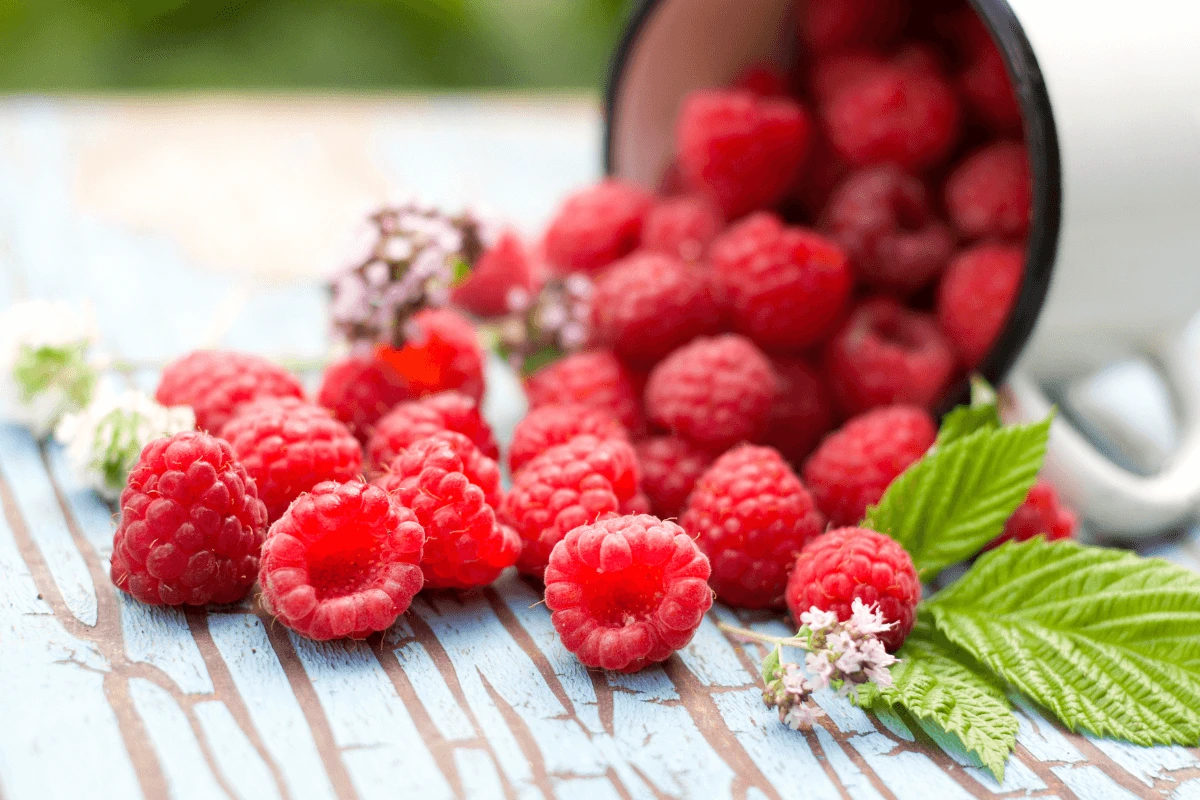
Snakes don’t eat raspberries. Snakes have stable, carnivorous food preferences. Raspberries, like strawberries, are not included in this definition. Raspberries or any other type of fruit are not something a snake would eat. Natural selection has fine-tuned its senses to locate and seek animal prey, while completely ignoring plant materials.
If a snake were to eat a raspberry, it would probably be by mistake rather than on purpose. The snake’s digestive system is not designed to absorb the nutrients in such food, so even if it did happen, the snake would likely experience some discomfort. Therefore, raspberries and other fruits are noticeably absent from the snakes’ food story.
Do Snakes Eat Blackberries?
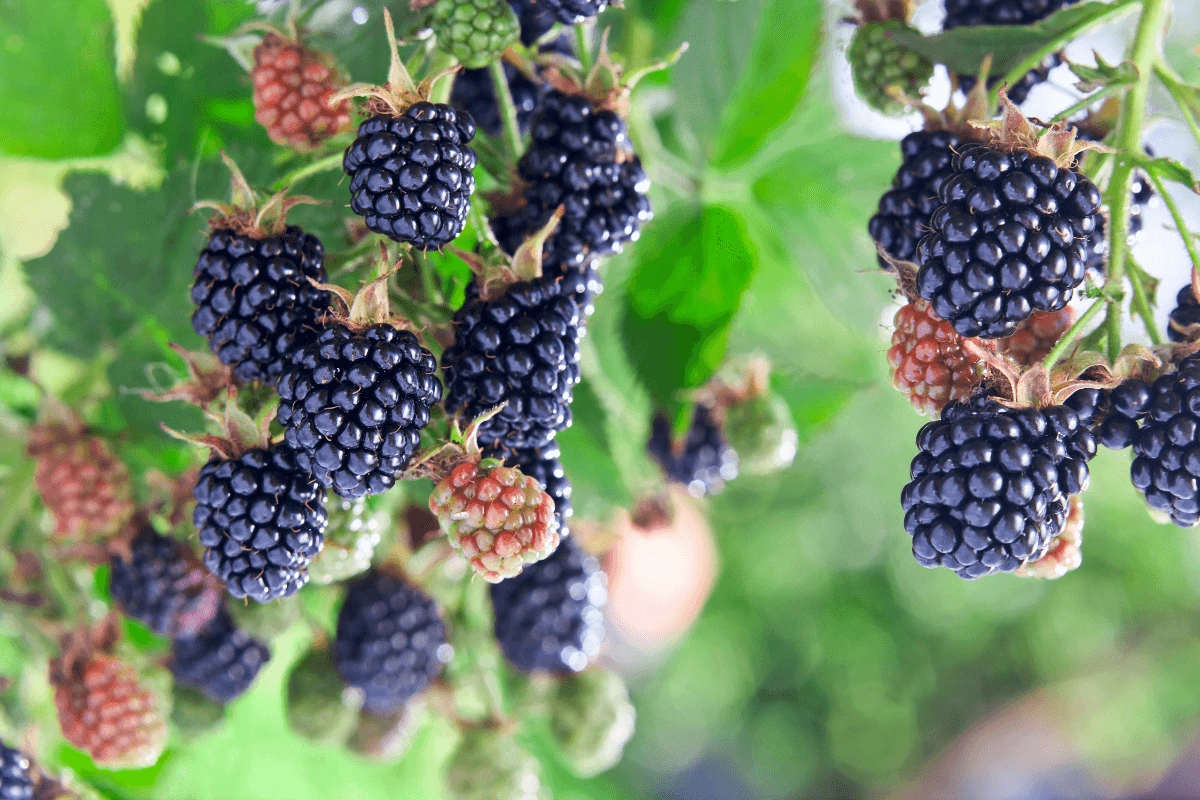
No, snakes don’t eat blackberries. The idea that snakes eat blackberries is based on a basic misunderstanding of how these interesting animals eat. Snakes have to eat meat, and their gut systems are designed to break down meat.
Blackberries are enjoyed by many animals, but snakes have no interest in discovering the secret to their delicious flavor. They show no signs of wanting to or being able to eat fruit. Even if a snake somehow managed to eat a blackberry, it still wouldn’t be able to absorb any of the nutrients from the fruit. Since it lacks the digestive enzymes and gut bacteria needed to do so. So, even though blackberries are a favorite food for many animals, they don’t have any place in the snake world, where they eat meat.
Do Snakes Eat Mulberries?
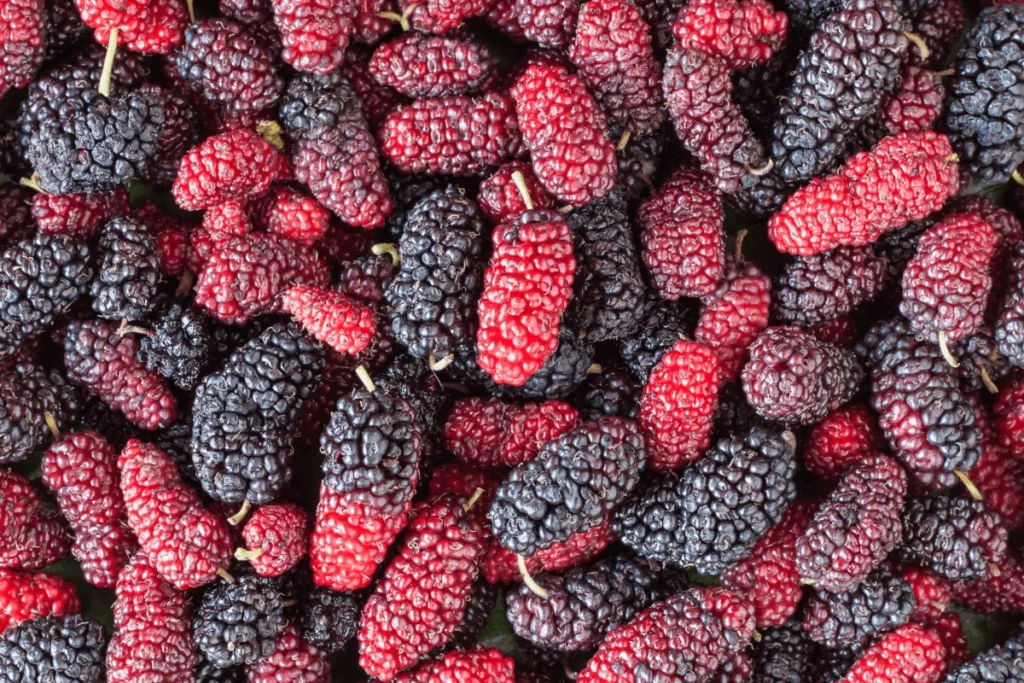
Snakes are unique in the animal world because they always eat meat. Even though mulberries taste good and are good for many animals and people, snakes have no interest in them. These scaly reptiles aren’t interested in or able to digest fruits. Hence they don’t eat them.
Their diet is based on hunting and eating other animals, which can be anything from small insects to bigger animals, depending on the size and species of the snake. So, mulberries and all other fruits have no place in a snake’s diet. This shows how different their eating habits are, as both are carnivores.
Do Snake Berries Attract Snakes?
When people hear the name “snake berries,” they think that the berries are attracted to snakes. These berries have nothing to do with the food Or behavior of snakes, even though they are usually toxic to people.
As carnivores, snakes are naturally created to hunt and eat other animals. Not to look for or eat plant-based foods like berries. Their predatory lifestyle needs a diet high in animal-based proteins. So, the idea that snake berries or any other kind of berry could attract snakes is wrong and doesn’t fit with what we know about snakes’ biology and behavior.
Berries To Avoid Giving To Snakes
Snakes aren’t made to eat any kind of berry or fruit, so talking about what berries you shouldn’t give them is kind of pointless. When it comes to snakes, you should never feed them any kind of berry. They can’t digest plant food since their bodies aren’t made for it.
Berries contain sugars, fiber, and other substances that lack the digestive enzymes to break down. Plus, snakes don’t have any innate preference or interest in eating berries. Snakes do best on a diet of meat and other things that come from animals. Giving them berries could cause digestive problems or other health problems.
Can Snakes Eat Other Fruits?
Snakes were made by nature to be strict eaters, which means they only eat other animals. They don’t like fruits and can’t eat them. Fruits like apples, bananas, and pears are all off-limits to snakes because they lack the proper nutrients. Their gut systems are designed to break down and get nutrients from meat, not plants.
If you try to feed a snake fruit, it could lead to major health problems, like digestive problems or not getting enough food. So, it’s important to follow these animals’ natural dietary needs and not give them fruits or other foods made from plants.
Different Snake Species and Their Diets
| Snake Species | Diet |
|---|---|
| Cottonmouth (Agkistrodon piscivorus) | The Cottonmouth, a reptile found in the wetlands of North America, has both fish and meat as part of its diet. Their diet consists mainly of fish and amphibians. But they also eat land animals and birds, among other things. These pit vipers are opportunist predators, as they will also hunt small mammals and birds. |
| Eastern Coral Snake (Micrurus fulvius) | This colourful, poisonous snake lives an ophiophagous lifestyle, eating mostly smaller snakes. They live in the southeast of the United States, where they quietly hunt their snake relatives and, on sometimes, hapless lizards. The Eastern Coral Snake’s picky eating habits highlight its uniqueness among snakes. |
| Ball Python (Python regius) | The Ball Python is a carnivore native to the tropics of Africa. It feeds mainly on rodents and shrews. The diets of larger python typically contain smaller birds. Their careful ambush hunting method helps them trap animals. |
| King Cobra (Ophiophagus hannah) | The King Cobra, the longest venomous snake in the world, gets its specific genus name, “Ophiophagus,” which means “snake-eater,” from its preference for feeding mostly on other snakes. On rare occasions, they may even eat monitor lizards. The King Cobra’s niche in the reptile food chain can be linked back to its unique diet. |
| Green Anaconda (Eunectes murinus) | Green anacondas, which are among the largest snakes, eat meat to match their fearsome physique. They live in the marshes and swamps of South America.Their amazing hunting skills are on full display when they feed on capybaras, caiman, and even jaguars. |
| Corn Snake (Pantherophis guttatus) | Corn Snakes, which can be found in the southeastern and central parts of the United States, eat mostly rodents but will also eat other small mammals. They also have a clear taste for bird eggs. Corn snakes, especially juveniles, may have a broader taste and enjoy eating lizards and tree frogs. The ability to adapt to different surroundings is reflected in their nutrition. |
| Boomslang (Dispholidus typus) | The Boomslang is a tree-dwelling animal native to Africa south of the Sahara Desert. They have shown a clear preference for tree-dwelling prey by eating mainly chameleons and birds. They have a varied diet, as shown by the fact that they occasionally come down from the trees to eat things like small mammals and amphibians. |
| Garter Snake (Thamnophis sirtalis) | The Garter Snake, a common species in North America, eats a wide variety of foods for a snake. These snakes are highly adaptable, as seen by the variety of foods they ingest, including slugs, earthworms, leeches, fish, amphibians, and rodents. |
| Death Adder (Acanthophis antarcticus) | Death Adders are venomous snakes found in Australia and New Guinea. Their quick-acting venom quickly paralyzes their food, which shows how well they have adapted to hunt. Even though they have a scary name, these snakes are very important for keeping rodent numbers down in the places they live. |
| Reticulated Python (Malayopython reticulatus) | The longest snake, the Reticulated Python, can be found in Southeast Asia, where it feeds on a wide variety of mammalian and bird prey. They are so huge and powerful that they can easily kill pigs and even deer, proving that they rule in the food chain |
Snake’s Diet in Captivity vs Wild
When a snake is in the wild, it eats a lot of different things than when it is in captivity. Snakes are great hunters in the wild. And their life depends on their ability to find and catch prey. Their food varies from species to species. It is mainly affected by the types and sizes of animals found in their natural habitat.
However, their nutrition is closely controlled in captivity, and they may lack the variety they would eat in the wild. Pre-killed or thawed frozen rodents of suitable sizes are the main part. This controlled food ensures their nutritional needs are met, but it takes away the snakes’ natural need to hunt and can make them fat if it isn’t viewed carefully.
Conclusion
Snakes are very interesting animals, and their meals show how different each species is. They are good hunters and change what they eat based on the environment and what they can find to eat. They are carnivores, their favorite foods can range from small rodents to bigger mammals and even other snakes.
In captivity, their diet is carefully controlled to meet their nutritional needs. But the best way to keep these beautiful animals healthy is to give them a range of foods as they would get in the wild. Despite our knowledge of snake diets and survival techniques, they continue to attract us.
